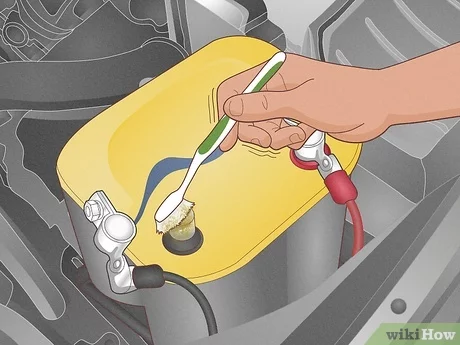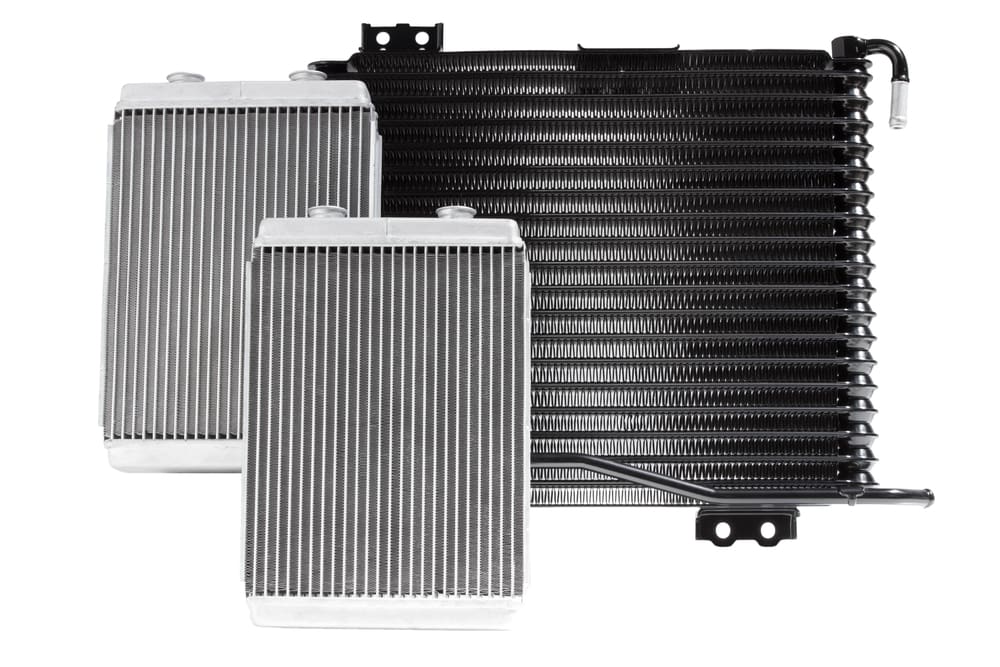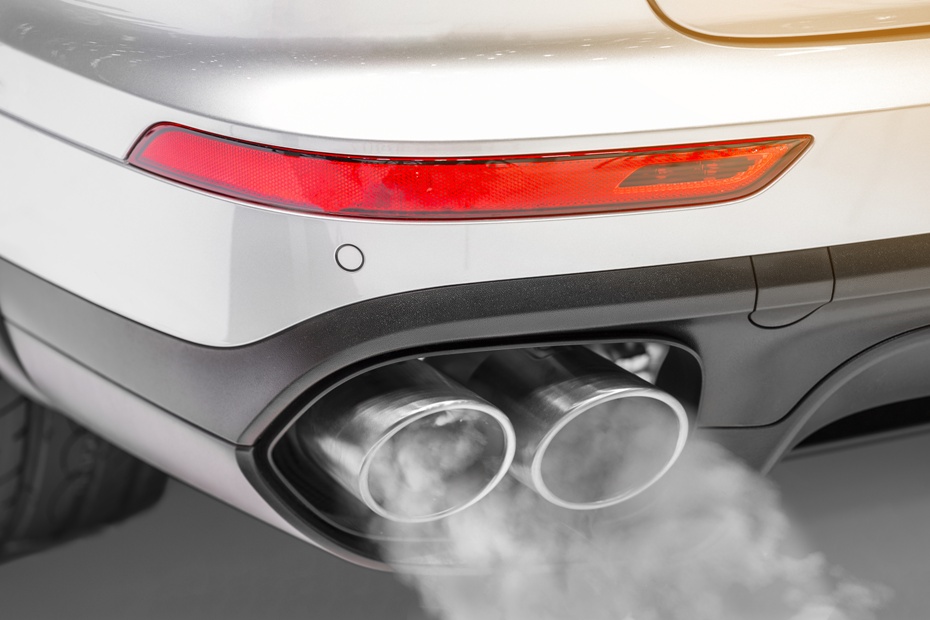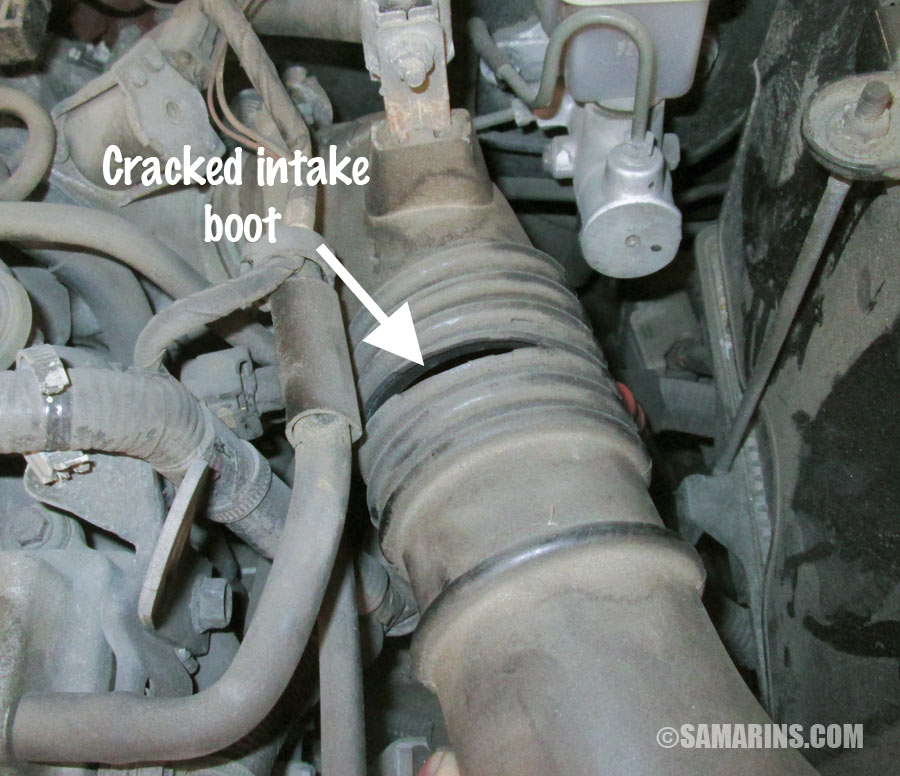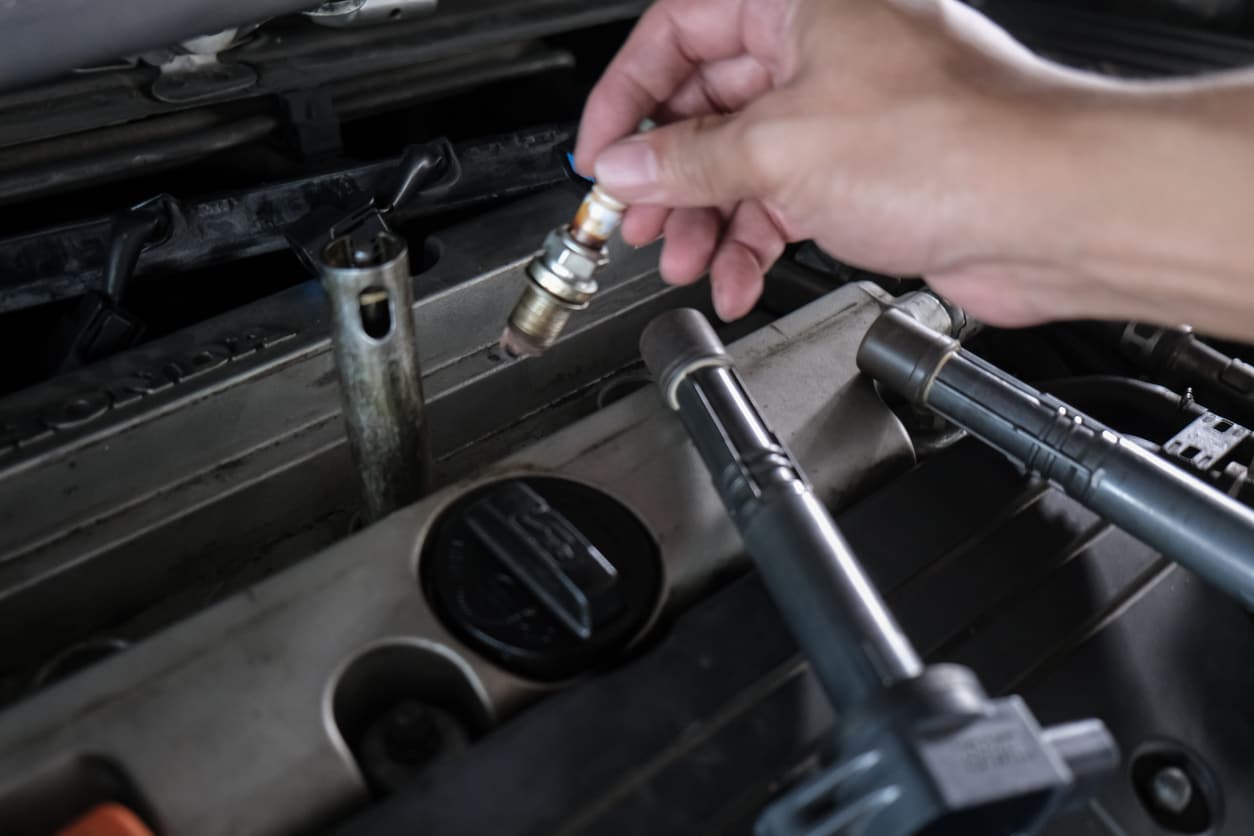Starting an Automatic Car With a Bad Starter
Starting an automatic car with a bad starter often involves jump-starting or bypassing the starter circuit. Without fixing the underlying issue, these methods may yield only temporary solutions.
Dealing with a faulty starter can derail your plans and leave you stranded. Your car’s ability to crank and ignite the engine is crucial, and the starter plays a pivotal role in this process. Recognizing the signs of starter trouble, such as a clicking sound or complete silence upon turning the key, is essential.
Car owners frequently seek quick fixes to bypass the hassle of repairs. While professional intervention is the best course of action, understanding temporary solutions can be helpful in urgent situations. Mastering these techniques not only provides a short-term fix but also arms you with knowledge to tackle future occurrences. Keep in mind, persistent issues with the starter require a mechanic’s attention to prevent further damage to your vehicle.

Credit: www.wikihow.com
Symptoms Of A Bad Starter
A car’s starter is like the first beat of a heart. It gets your engine going. But when it’s bad, your automatic car might leave you stuck. Let’s uncover the signs of a bad starter.
Engine Won’t Crank
Click! Click! That’s what you hear, but nothing happens. Your engine refuses to crank. This classic symptom means trouble with the starter. When you turn the key and get silence or clicking instead of roaring to life, pay attention – it’s a red flag.
Grinding Noise Upon Ignition
Imagine a loud scrapping – that’s a grinding noise. It’s another telltale sign that a starter is on its last legs. This harsh noise comes from the gears wearing out.
Intermittent Starting Issues
Sometimes it starts, sometimes it doesn’t. This frustrating experience suggests a starter going bad. If your car is acting like a moody teenager, refusing to start from time to time, take note.
- No response from the engine
- Grinding noise like gears clashing
- Unpredictable starts; yes one day, no the next

Credit: www.youtube.com
Initial Checks Before Starting
Before trying to start your car, certain checks are vital. They can save time and prevent further damage. Let’s look at each step closely.
Battery ConditionBattery Condition
Check your battery first. A good battery is essential for starting your car. Signs of a weak battery include dim lights and slow engine crank. Use a voltmeter to test the battery’s voltage. It should read around 12.6 volts when the car is off. Anything below 12 volts is a sign of a problem.
| Battery Check | What to Look For |
|---|---|
| Voltage Reading | Around 12.6 volts |
| Physical Condition | No corrosion or damage |
Starter Relay Function
The starter relay helps your car start by sending power to the starter motor. If it’s faulty, your car won’t start. Locate the relay in the fuse box and switch it with another relay. This helps test if the relay is the issue. The car manual shows which relays are interchangeable.
- Locate in fuse box
- Swap with similar relay
- Check manual for details
Wiring And Connections Inspection
Inspect all wiring connections. Loose, corroded, or frayed wires cause starting problems. Make sure all connections to the starter and battery are tight and clean. Use a flashlight to visually check each connection point.
- Check the battery terminals
- Inspect the starter motor connections
- Look for signs of wear or damage
By following these crucial initial checks, you prepare for a successful start, even with a bad starter. A thorough check helps diagnose problems early. It might even be an easy fix before it gets worse.
Bypass Methods To Start The Car
Picture this: You’re late and your automatic car won’t start. The starter is bad. Frustrating, right? But don’t worry, you’re not stranded yet! There are some bypass methods that might just get you on the road. Let’s explore three possible tricks to fire up that engine.
Jump-starting The Car
A jump-start is a classic fix when a battery is weak, but it can also help with a bad starter. You’ll need:a set of jumper cables and another car that’s running fine.
- Park the working car close to the one that won’t start.
- Connect red clip to the positive terminal of the bad battery.
- Attach the other red to the good battery’s positive.
- Now the black clip goes to the good battery’s negative.
- The final clip? Attach it to an unpainted metal part of your car.
- Start the working car. Let it run for a few minutes.
- Try starting your car. If it revs up, remove cables in reverse order.
Push-starting An Automatic Vehicle
A push-start can be tricky with automatics. It’s not recommended, but in dire straits, it could work. Your car needs a hill or a bunch of strong friends to give you a push. Shift to “Drive” once you gain some momentum and hope the engine catches!
Tapping The Starter
Another method is tapping the starter. Sometimes, it can loosen a stuck gear.
- Find your starter under the car’s hood.
- Tap it lightly with a hammer or a wrench.
- Be gentle; too hard can cause more damage.
- Try to start your car again.
Remember, these methods are a temporary fix. See a mechanic soon to avoid getting stuck again!
Professional Assistance Or Diy
Starting your automatic car becomes a tough task when facing a bad starter. Deciding whether to seek professional help or tackle the issue yourself is pivotal. This section will guide you through the process, from understanding when it’s time for a mechanic to exploring DIY troubleshooting tips.
When To Call A Mechanic
Many signs suggest a mechanic’s expertise is necessary.
- Car does not start at all.
- Starter makes a clicking noise.
- Visible starter damage.
- Frequent starting issues.
Starter Repair Vs Replacement
Understanding the difference between repair and replacement is essential.
| Repair | Replacement |
|---|---|
| Fix specific parts | Install a new starter |
| Often less expensive | More costly but thorough |
| Quick, temporary solution | Long-term fix |
Diy Troubleshooting
Some issues can be addressed at home with basic tools.
- Check the battery connection.
- Inspect the starter fuse.
- Try jump-starting the car.
Preventive Measures And Maintenance
Staring an automatic car with a bad starter can be frustrating. To avoid this problem, proper maintenance and preventive measures are key. These strategies help ensure your car starts smoothly each time. Below, find effective ways to keep your starter in top condition.
Regular Electrical System Checks
Your car’s electrical system is its heartbeat. Regular check-ups are essential. An expert mechanic will inspect the battery, alternator, and starter. They look for loose connections and signs of wear. A well-maintained electrical system supports a reliable starter.
Starter Motor Servicing
A starter motor turns your engine on. Keeping it serviced is crucial. During servicing, a mechanic cleans and lubricates the motor. They replace worn-out parts as needed. Regular servicing extends your starter’s life.
Awareness Of Warning Signs
- Slow engine crank: The engine takes longer to start.
- Strange noises: Grinding or whining sounds when starting.
- Intermittent starting issues: The car won’t start every time.
Recognizing these signs early can save you from a breakdown. Act quickly when you notice these issues. This prevents damage to your car. Your car needs attention so it can continue to serve you well.
Long-term Solutions And Considerations
When your automatic car won’t start, you might get away with quick fixes at first. But for a reliable ride, think long-term. Here’s how:
Investing In Quality Replacement
Don’t skimp on the starter. A top-notch replacement pays off. It’s the heart of your start system. Pick a unit known for endurance and power. This keeps your car ready to roll.
Understanding Warranty Options
Guarantees matter. Get a starter with a solid warranty. This protects your investment. If it fails, you won’t be left footing the bill. Peace of mind comes standard with a good warranty.
Upgrading The Starting System
- Check the battery: It should match the starter’s power.
- Inspect cables: Look for wear and tear.
- Consider a relay: It boosts the starter’s life.
Upgrade wisely. A robust starting system saves time and money. It’s not just about the starter. Every part plays a role. Together, they ensure your car is ready whenever you are.
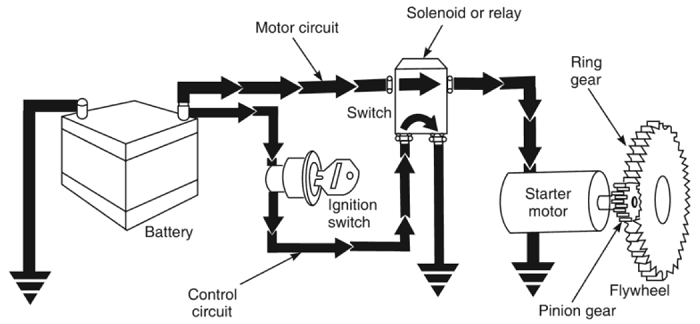
Credit: www.electronicshub.org
Frequently Asked Questions Of Starting An Automatic Car With A Bad Starter
Can You Start An Automatic Car With A Bad Starter?
Starting an automatic car with a bad starter can be challenging. In some cases, gently tapping the starter with a hammer can help. This might temporarily free up the starter motor allowing the engine to crank. However, it’s a temporary fix and the starter will likely require replacement soon.
What Symptoms Indicate A Bad Starter In A Car?
Symptoms of a bad starter include a clicking noise when turning the key, the engine not turning over, and the car not starting despite lights and radio working. If jumpstarting doesn’t work and these symptoms persist, it’s likely your starter needs attention or replacement.
How Do I Diagnose Starter Problems In An Automatic Car?
To diagnose starter problems, check for a clicking sound on ignition, and ensure battery terminals are clean and tight. If jump starting doesn’t work and the battery is fully charged, it might indicate a starter issue. A mechanic can perform a starter draw test for a definitive diagnosis.
Are There Quick Fixes For A Bad Starter?
Quick fixes for a bad starter may include tapping the starter with a tool or shifting gears. However, these are not reliable long-term solutions. It’s best to resolve the issue promptly by consulting a mechanic, as quick fixes might not work and could lead to further damage.
Conclusion
Facing starter issues in automatic cars can be daunting, yet it’s manageable with a bit of know-how. Remember, a little troubleshooting goes a long way. Keep your vehicle maintenance up-to-date to prevent future woes. Don’t let a bad starter put a stop to your drives; seek professional help if required and hit the road with confidence.

